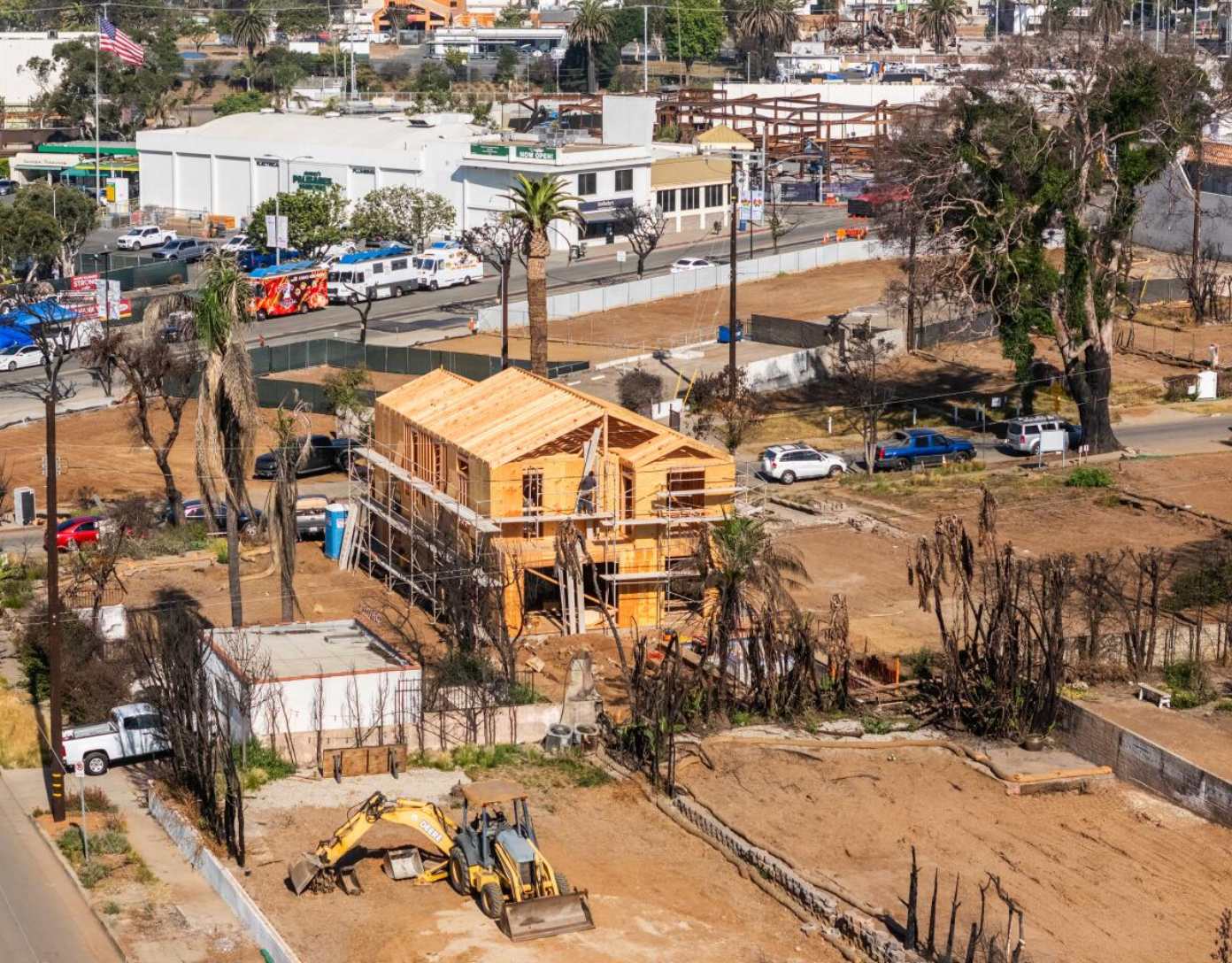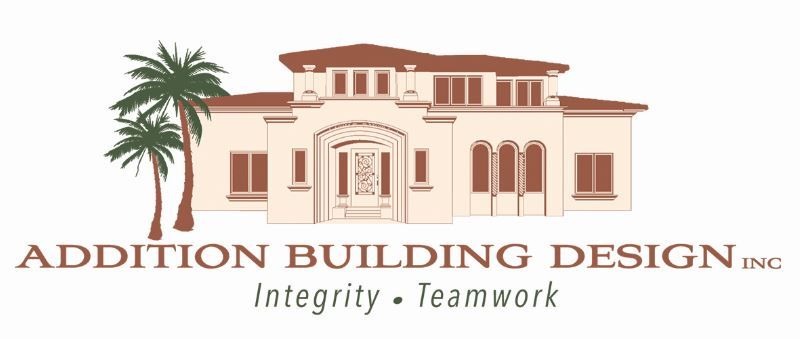Rebuilding Amid Ash — Six Months After the Fires in Pacific Palisades & Altadena

In January 2025, the twin disasters of the Palisades Fire and the Eaton Fire ripped through communities in Los Angeles County, including Pacific Palisades and Altadena. These wildfires destroyed thousands of homes, upended lives and left legacies of loss and displacement.
Six months later — around July 2025 — the rebuilding phase is underway. While debris removal has made remarkable progress, the journey to restoring homes and communities is still early and uneven.
What the Data Shows
- As of July 6 / 7, more than 800 homeowners in Pacific Palisades, Altadena (and other affected zones) had applied for rebuilding permits.
- Out of those submitted, only a fraction (~145) had received permit approvals for major repair or replacement by that date.
- In Altadena’s Eaton Fire zone: For roughly 890 applications submitted, only 44 building permits had been issued.
- In Pacific Palisades: Of ~650 rebuild applications, about 165 had been approved by that same time.
- Permitting turnaround: In the City of Los Angeles, the average time to issue a permit was around 55 days for these rebuilds.
- Debris removal: The cleanup program, run jointly by the state, county, and federal agencies, was declared substantially complete after six months.
Why This Matters
- For homeowners: The act of applying for a permit signals intention to rebuild and hope to return home. But the slow pace of approvals indicates major hurdles remain.
- For neighborhoods: The rebuilding phase sets the tone for whether communities come back “as they were,” or evolve into something new (in form, design, cost).
- For your home-building business (like your work with Invest Build LA): These data show the market demandfrom homeowners ready to rebuild, as well as pain points (cost, permitting, design) that contractors and design-builders must help navigate.
- For broader resilience: This scenario shows how quickly government agencies can remove debris and mobilize resources — but that structural rebuild (homes, zoning, code updates, financing) takes much longer.
Key Challenges & Insights
- Insurance & Under-insurance: Some homeowners report being underinsured or having plans that don’t match current building-cost realities.
- Design / Architectural Plans: Many of those moving fastest had recent architectural plans, which allowed quicker submission and fewer delays.
- Streamlined Permitting Efforts: The city and state have launched “one-stop” centers, waived certain fees and adjusted reviews to speed up rebuilds.
- Uneven Progress: While some homeowners are moving ahead quickly, many remain frustrated with red-tape, cost, or the emotional toll of rebuilding.
- Affordable Housing Concerns: In areas where many lost rental homes, there are questions about how rebuilding will affect affordability and community composition.
What Homeowners & Builders Should Know
For homeowners:
- Get your architectural plans or rebuild-design ready — having them speeds the permit process.
- Review your insurance coverage and actual cost to rebuild — expect higher building-cost per square foot after a major fire event.
- Know the permitting requirements: confirm “like-for-like” rebuild vs new design, and any code changes (wildfire resilience, defensible space).
- Stay in close contact with local building departments: even though the process is “accelerated,” volume and complexity still cause delays.
For builders/design-builders:
- Be prepared to guide clients through “expedited permitting” paths (if available) and help them address documentation, debris-clearance verification, site remediation (e.g., ash/soil issues).
- Understand the local code changes / policy waivers in place for fire-affected zones — for example, waived Coastal Act reviews in certain rebuilds.
- Anticipate higher costs and risk: supply-chain disruptions, higher insurance/hazard-mitigation costs, more scrutiny on fire-resilient design.
- Keep an eye on community sentiment and zoning pressures — some residents are pushing for stricter return-to-original footprint, others open to re-imagined homes.
The Bigger Picture & What Comes Next
- While debris removal has been fast and efficient, the hard work of reconstruction is just beginning and will unfold over years—not months.
- Rebuilding offers an opportunity to incorporate fire-resilient design, defensible spaces, modern materials, and energy-efficient construction—but also raises questions of cost and equity.
- For the community fabric: how strongly neighborhoods like Pacific Palisades and Altadena recover will depend not just on homes, but on schools, infrastructure, affordability, and emotional recovery.
- Policy and leadership matter: Executive orders streamlining rebuilds, state-funded assistance, and coordination across agencies play a key role. Yet, ensuring it reaches all homeowners (including those underinsured or renters) remains critical.
For Your Brand & Business Strategy
Since you are involved with design-build and narratives around hillside rebuilds, coastal rebuilds, “permit to paradise” messaging, this story offers a rich template:
- Content idea: A blog post or video series titled “Returning Home: How the Palisades & Altadena are Rebuilding After the Fires.”
- Sub-themes: “Streamlined permitting — what homeowners need to know”; “Fire-resilient design lessons from the rebuild”; “Underinsured homeowners – bridging the gap”; “Design-build firms stepping in to rebuild faster”.
- Visual assets: Before-and-after imagery of destroyed homes and rebuilds in these neighborhoods; site photos showing debris removal, framing, permit plaques; interviews with architects/builders navigating the process.
- SEO/Keywords: wildfires rebuild Los Angeles, Palisades fire recovery, Altadena rebuild permits, fire-resilient hillside home design, design-build rebuild California hillside.
- Platform strategy:
- Instagram/TikTok: short clips of “Day 1 permit submitted → Day 40 foundation poured” type time-lapse, use warm earthy tones (aligning with your brand palette: warm neutrals, terracotta, green).
- LinkedIn/Blog: in-depth article with data, charts, homeowner tips.
- Newsletter: “What this means for homeowners and builders in fire-prone zones” — lead into your company’s services for rebuilding after wildfire loss.
The fact that more than 800 homeowners in the Palisades, Altadena, and surrounding fire zones have submitted rebuild permit applications six months after the fires is a sign of momentum — but the pace of actual approvals and rebuilds remains modest. The path forward for recovery combines urgency with complexity: permit processes, design, insurance, community rebuilding, and resilience all matter.
For homeowners looking to rebuild, having the right plans, design partners, and expectations is key. For design-build firms like yours, this moment offers opportunity — but also responsibility: to help clients rebuild not just what was lost, but something more substantial.

